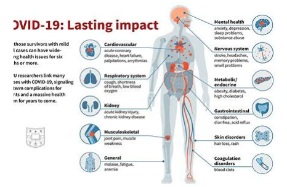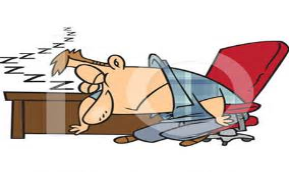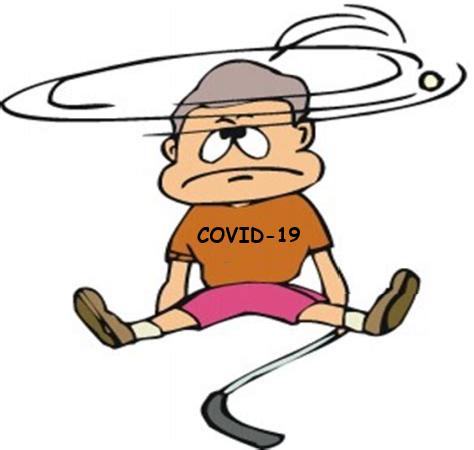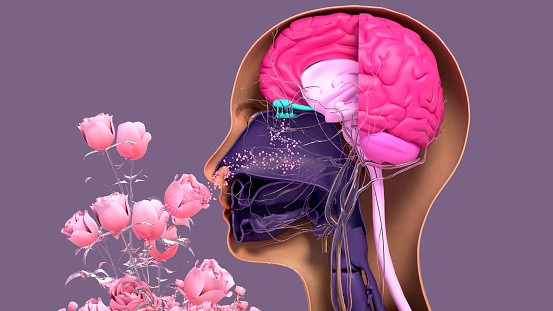
Parosmia and COVID: How Long Changes in Smell Last, Plus Treatment Options
Christine Giordano, MD | Reviewed by Angela Dunn, MD, MPH, August 29, 2023 GoodRX Key takeaways: Many people experience changes in taste and smell after COVID-19 infection. Changes in smell include a…[...]
Read More







